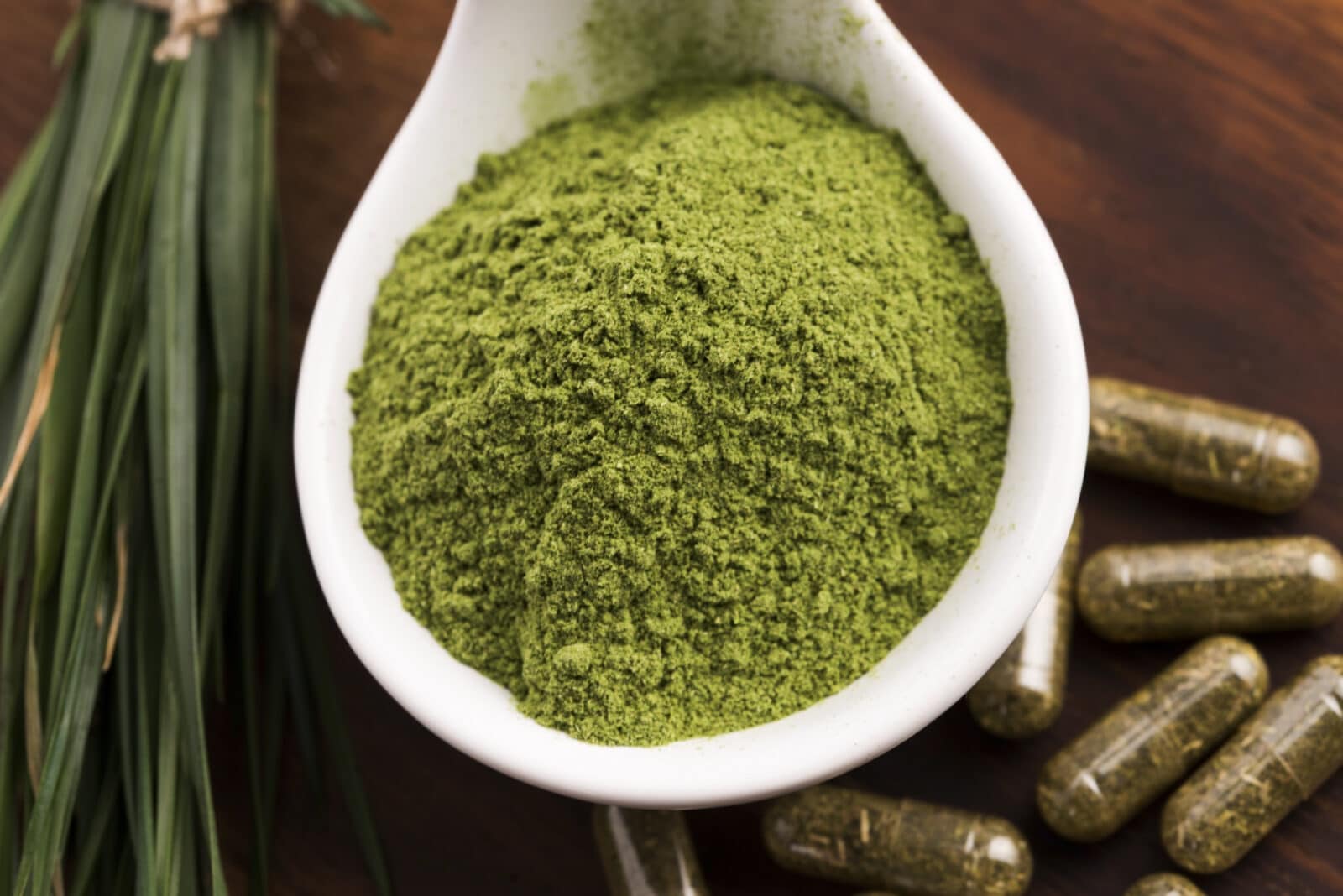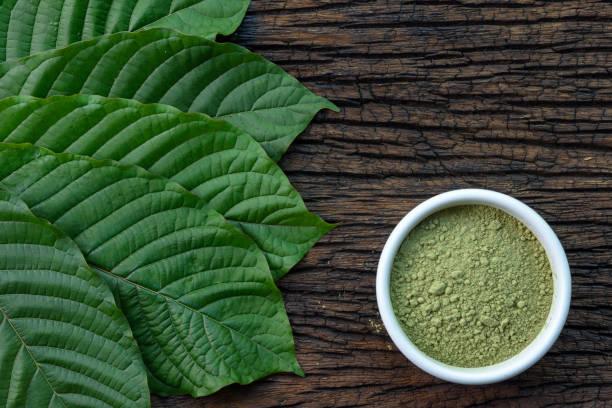Pain relief has always been a hot topic in the medical world. With the rise of opioid addiction and overdose deaths, many are searching for alternative solutions to manage pain without the risk of addiction or harmful side effects. One such solution that has gained popularity in recent years is Kratom.
Kratom, also known as Mitragyna speciosa, is a tropical tree native to Southeast Asia. Its leaves have been used for centuries by indigenous people as a traditional medicine to treat pain, boost energy levels, and alleviate anxiety. In recent years, Kratom has gained traction in Western countries as a natural remedy for chronic pain and other ailments.
The active compounds in Kratom interact with opioid receptors in the brain, producing analgesic effects similar to opioids but without the risk of respiratory depression or addiction. This makes Kratom an attractive option high quality kratom for pain relief.
In addition to its pain-relieving properties, Kratom has also been reported to help with anxiety, depression, and even opioid withdrawal symptoms. Many users claim that Kratom has improved their quality of life by providing them with much-needed relief from chronic pain and mental health issues.
Despite its potential benefits, Kratom remains a controversial substance due to its legal status and lack of regulation. The FDA has issued warnings about the potential risks associated with Kratom use, including liver damage and even death in some cases. However, advocates argue that these risks are minimal compared to those associated with prescription opioids.
As more research is conducted on Kratom’s safety and efficacy, some experts believe that it could have a place in modern medicine as a viable alternative to traditional pain medications. In fact, some states have already legalized the sale of Kratom products for medicinal use.
One of the main challenges facing the widespread acceptance of Kratom is the lack of standardized dosing guidelines and quality control measures. Without proper regulation, consumers run the risk of unknowingly purchasing contaminated or adulterated products that could be harmful to their health.
Despite these challenges, many individuals continue to turn to Kratom as a natural alternative for managing their pain and improving their overall well-being. As more research is conducted on this ancient plant medicine, we may see it play an increasingly important role in modern healthcare practices.
In conclusion, Kratom offers promise as a safe and effective alternative treatment for chronic pain management when used responsibly under medical supervision. By exploring its potential benefits while addressing concerns about safety and regulation, we can ensure that this ancient herbal remedy finds its rightful place in modern medicine alongside conventional treatments.





